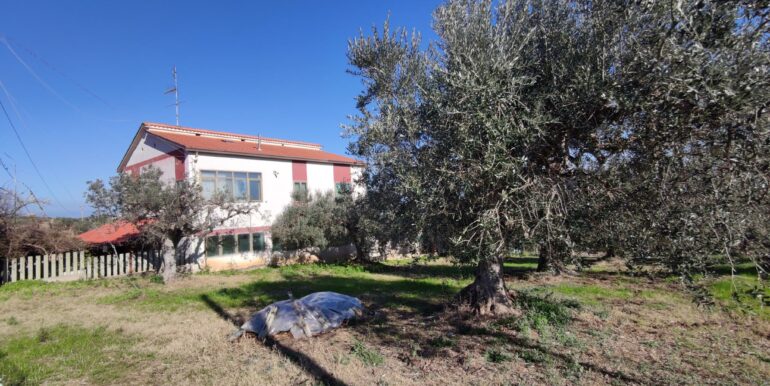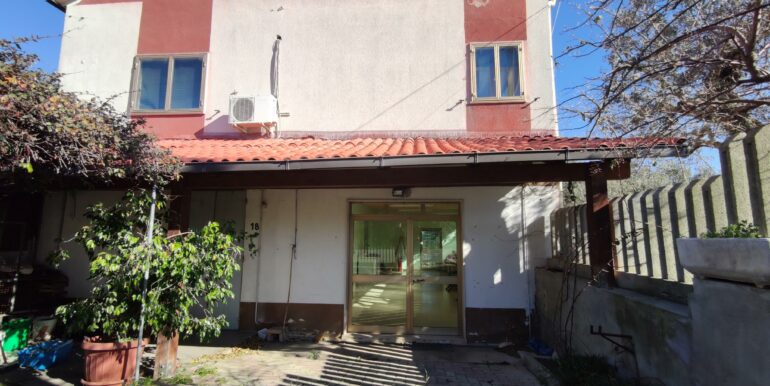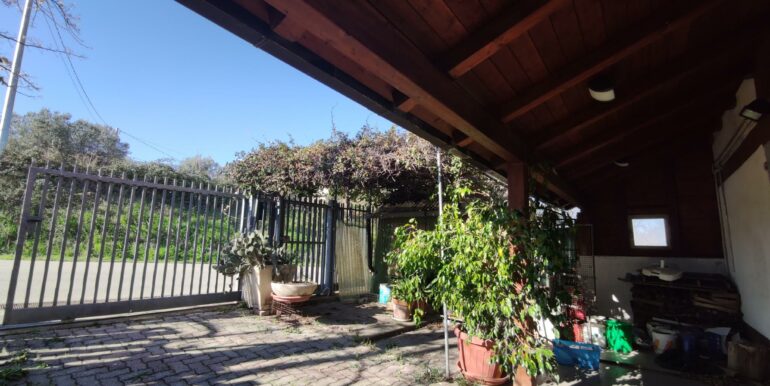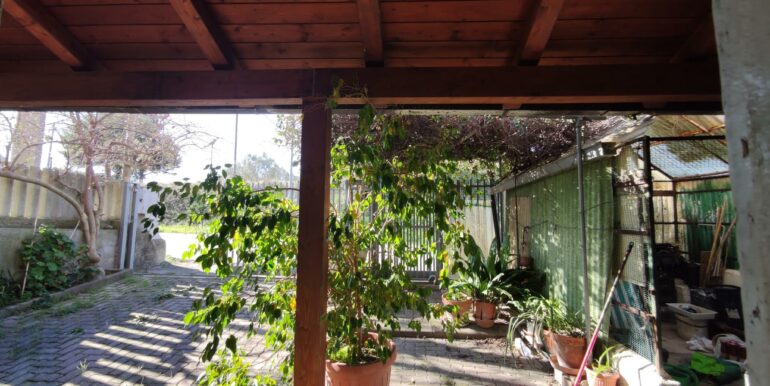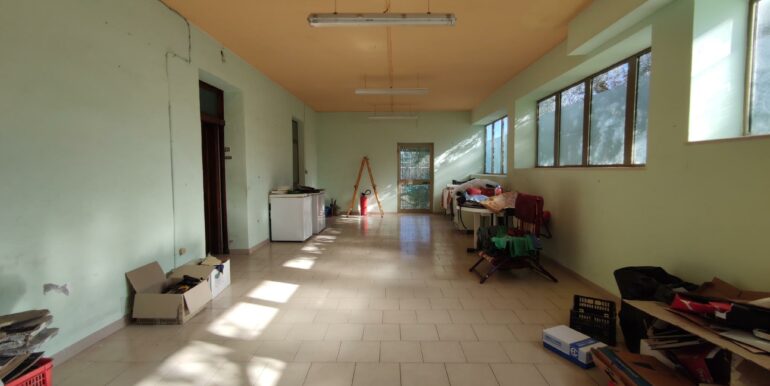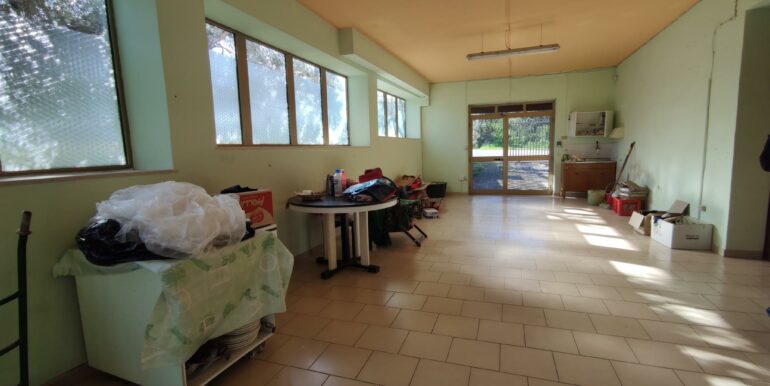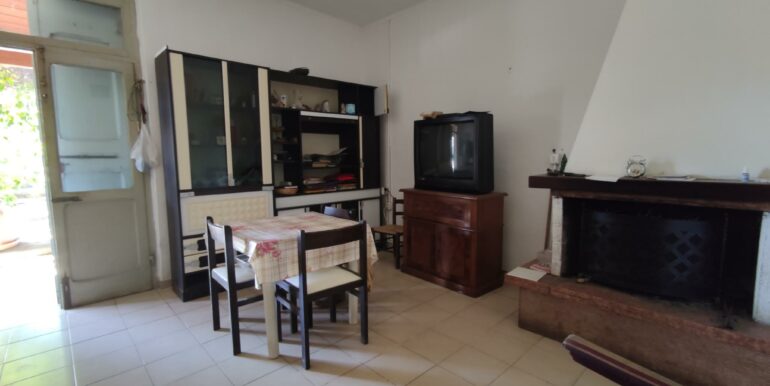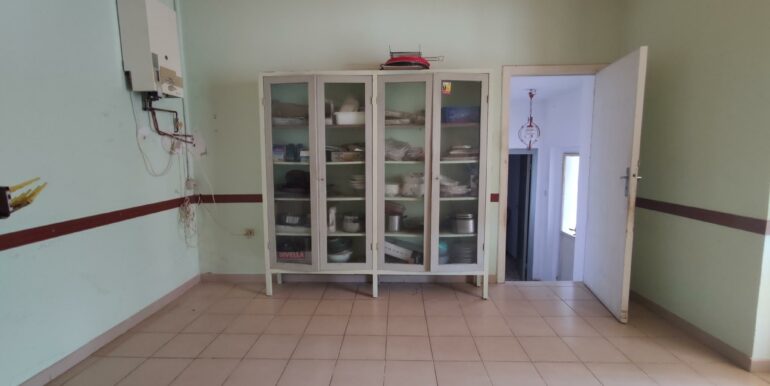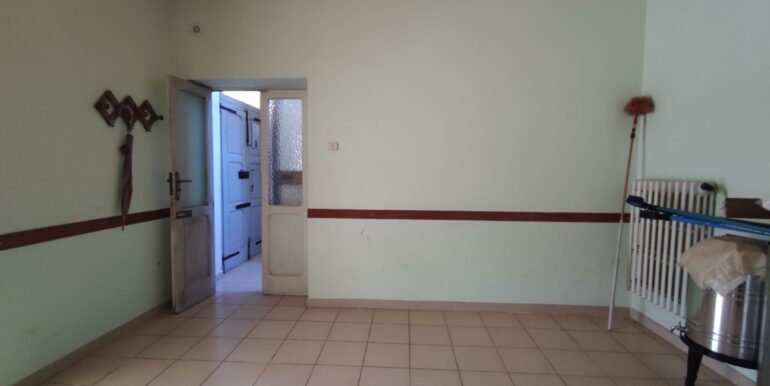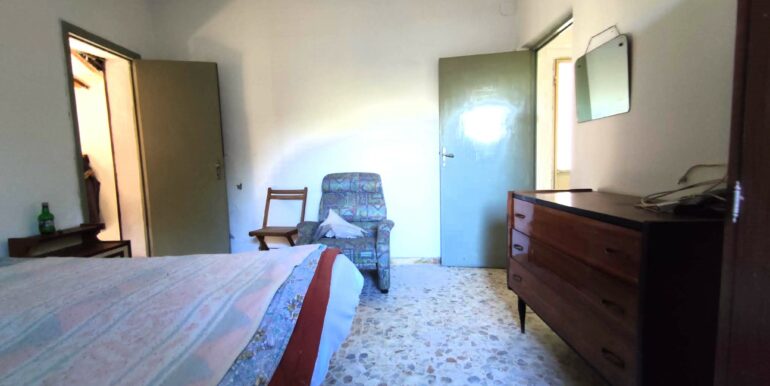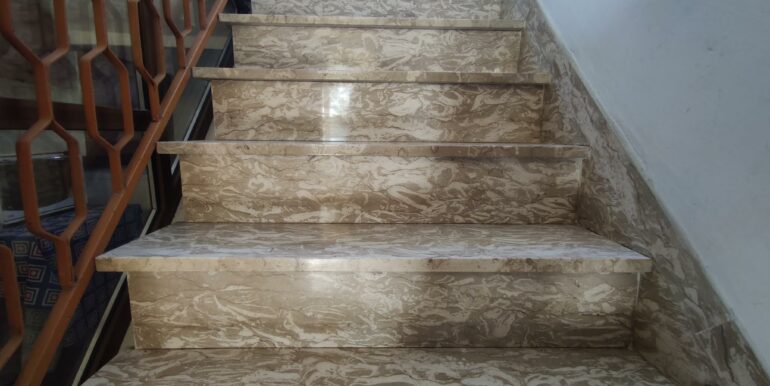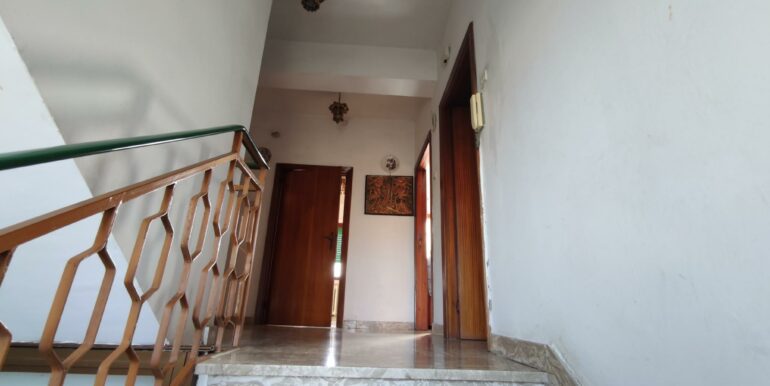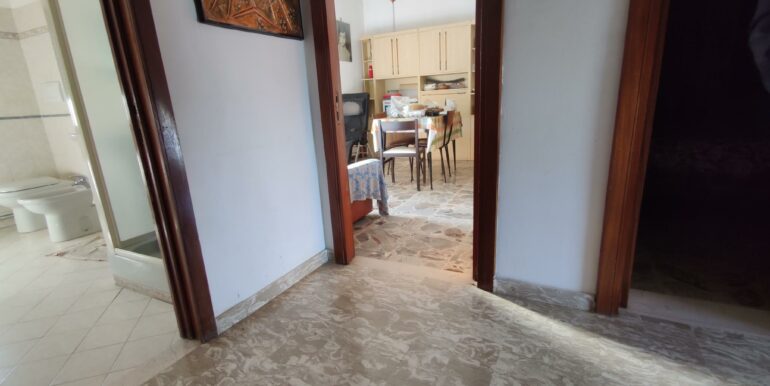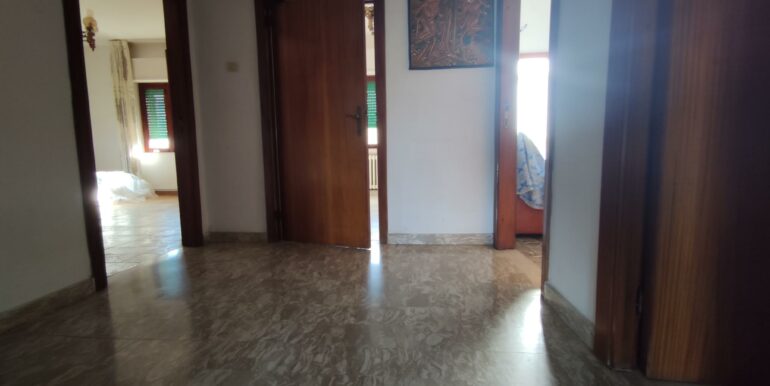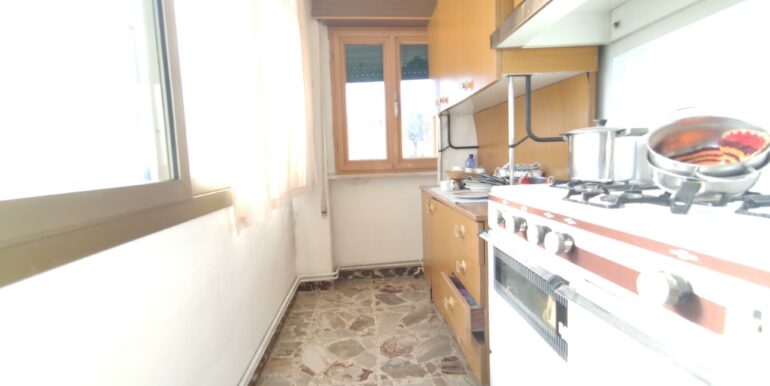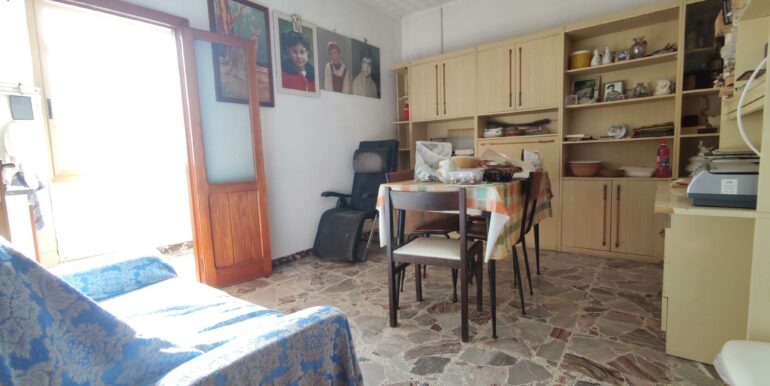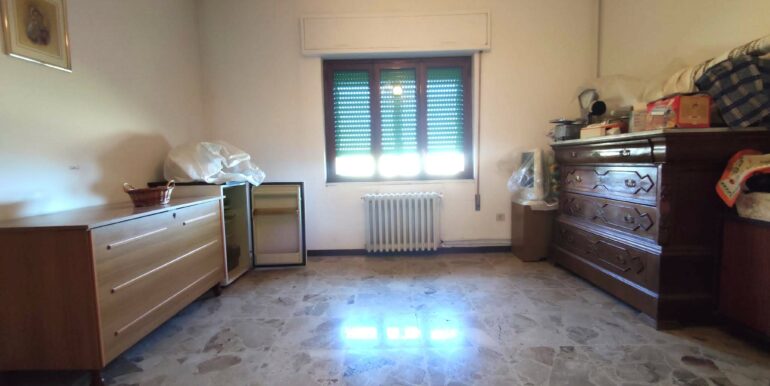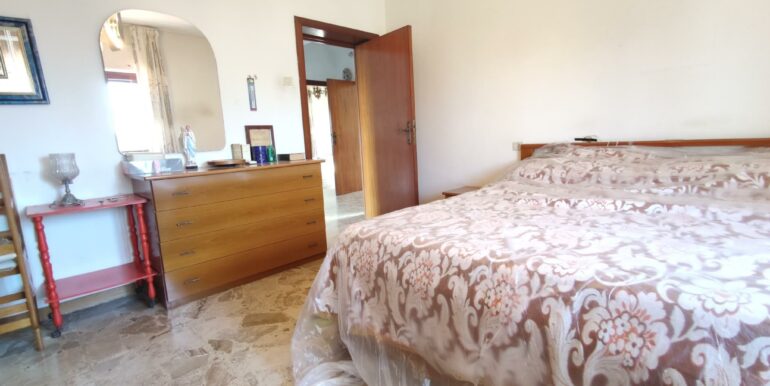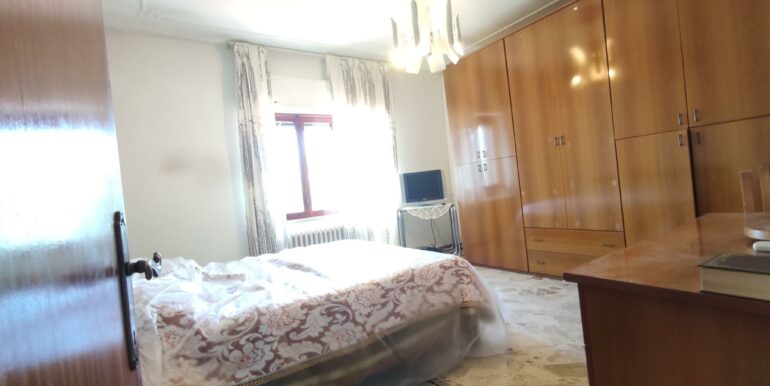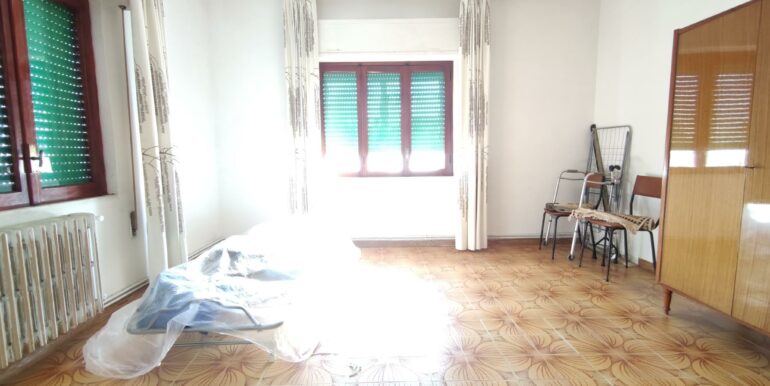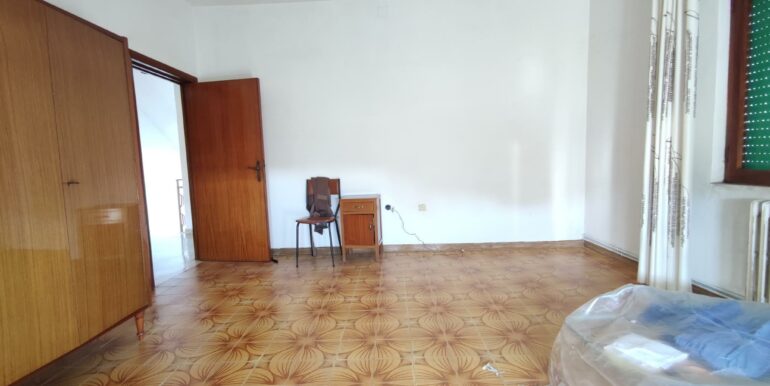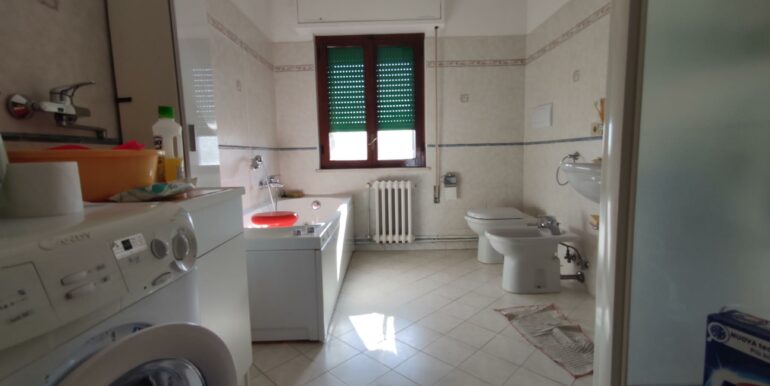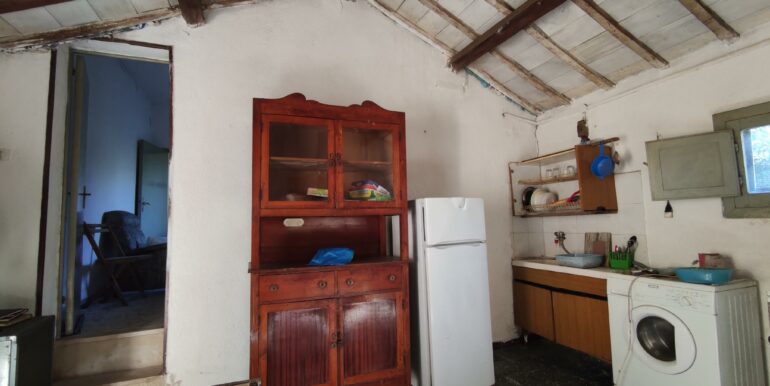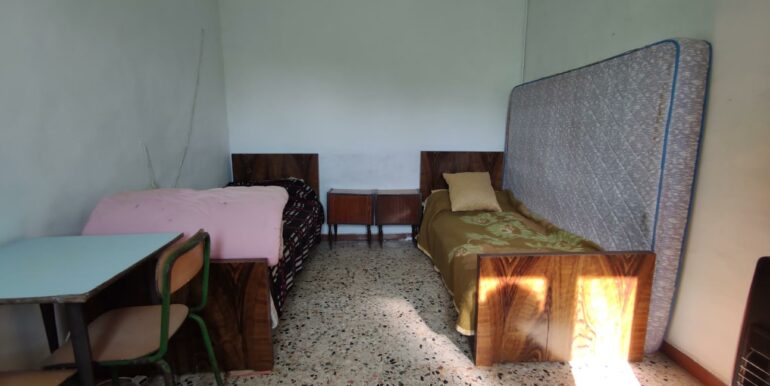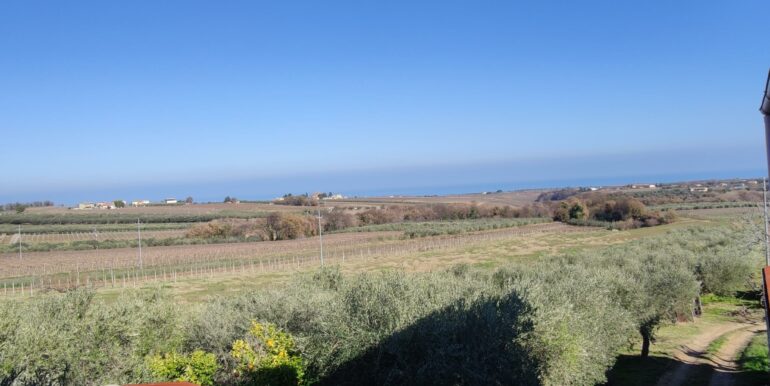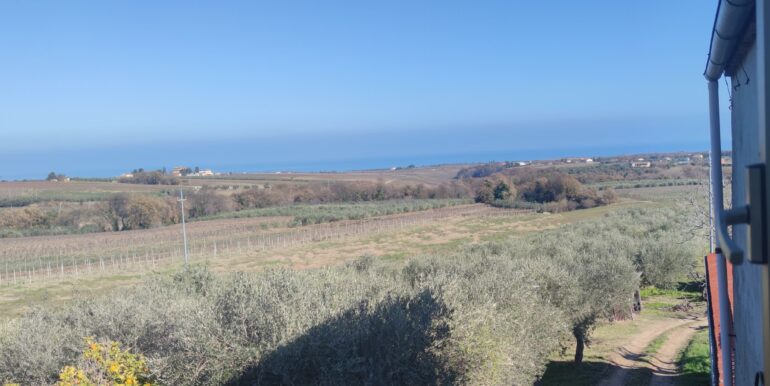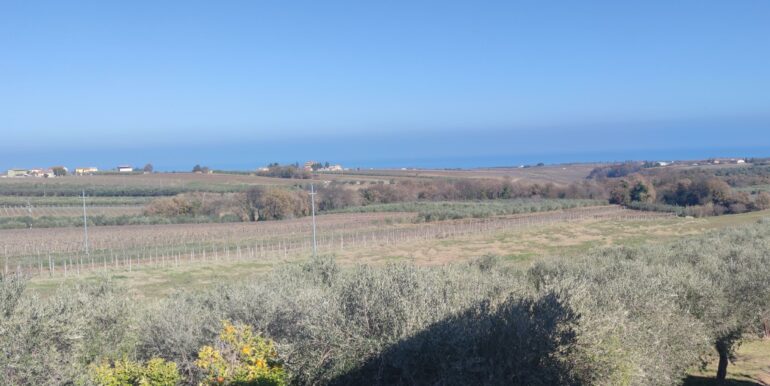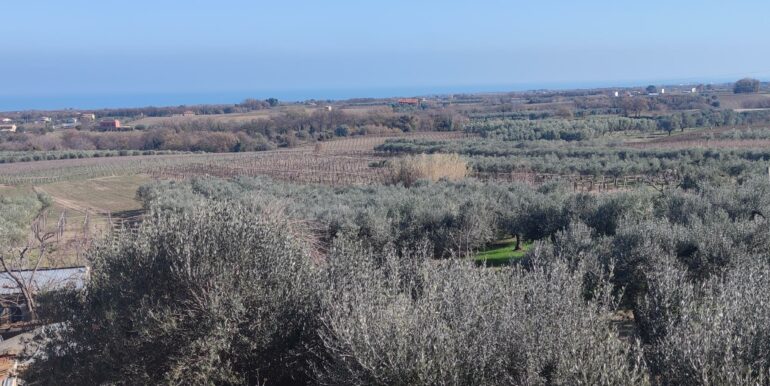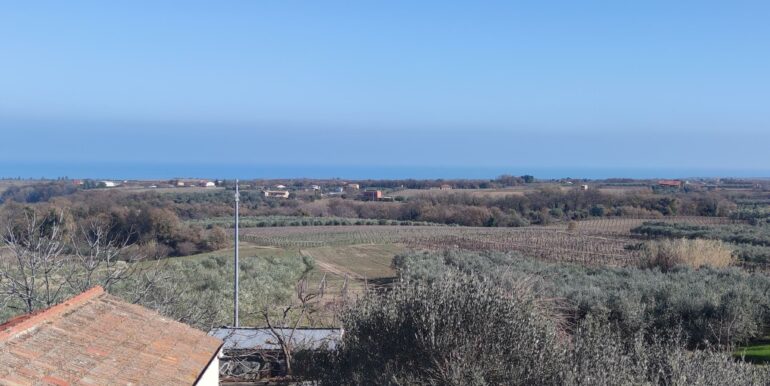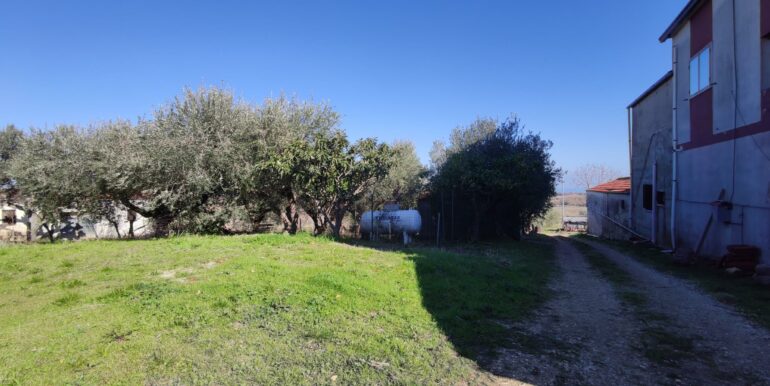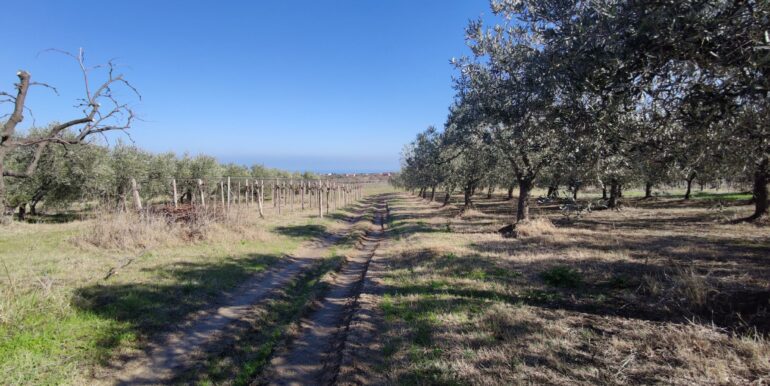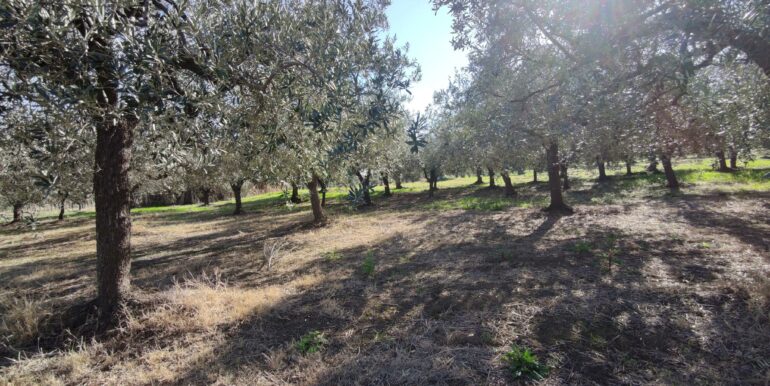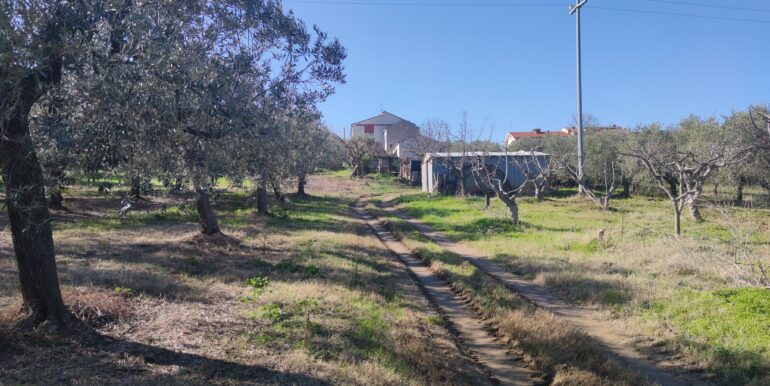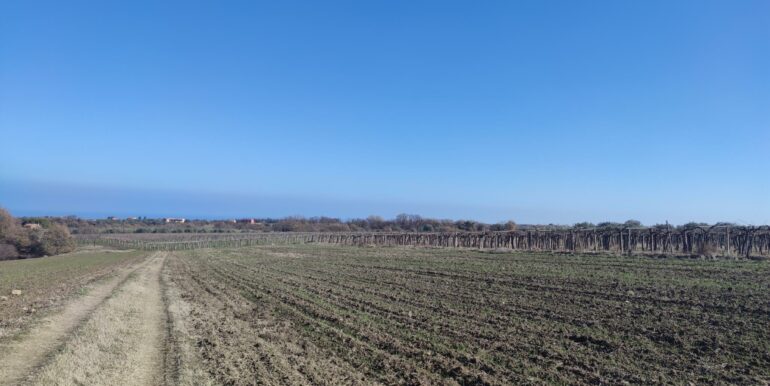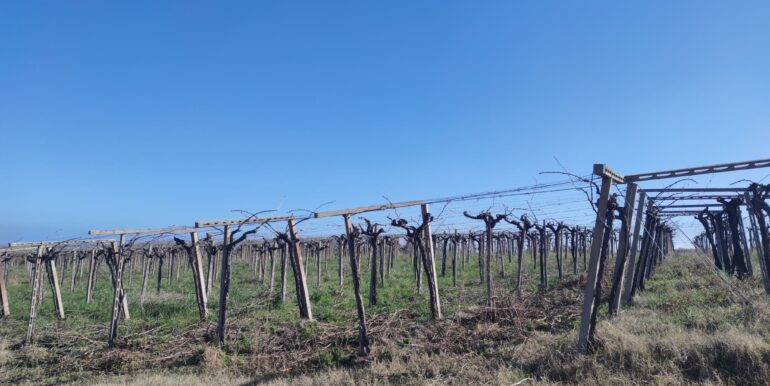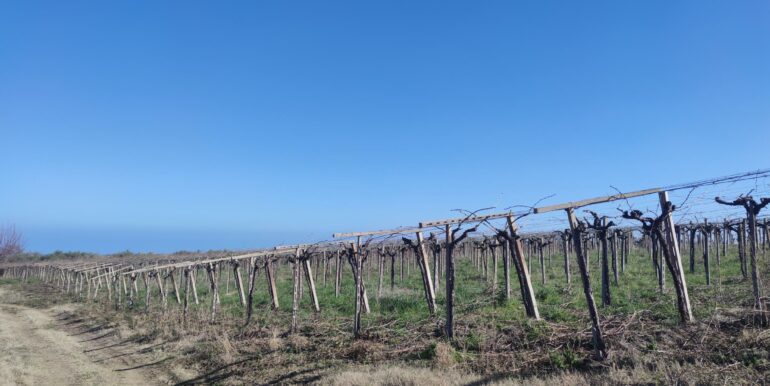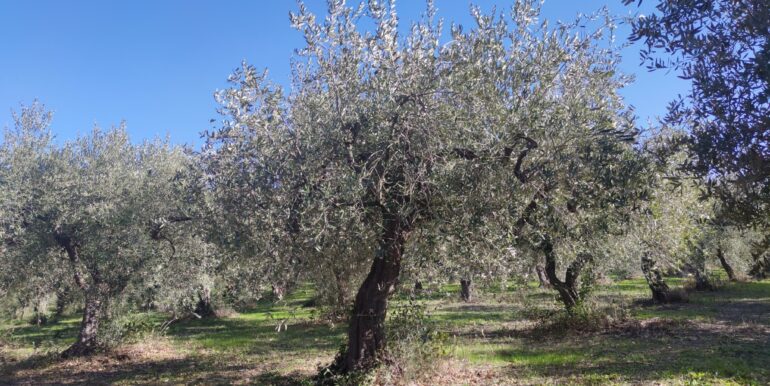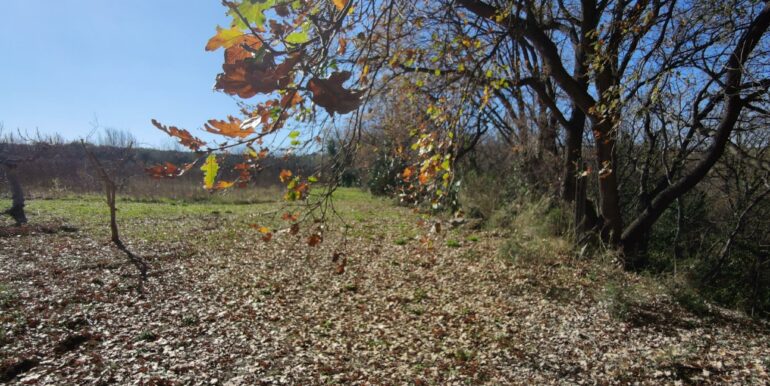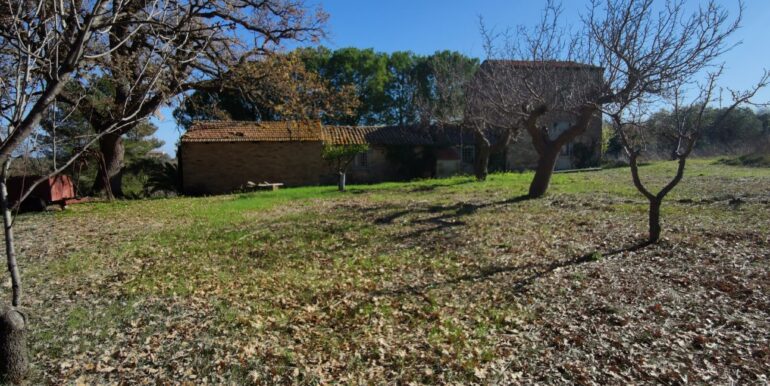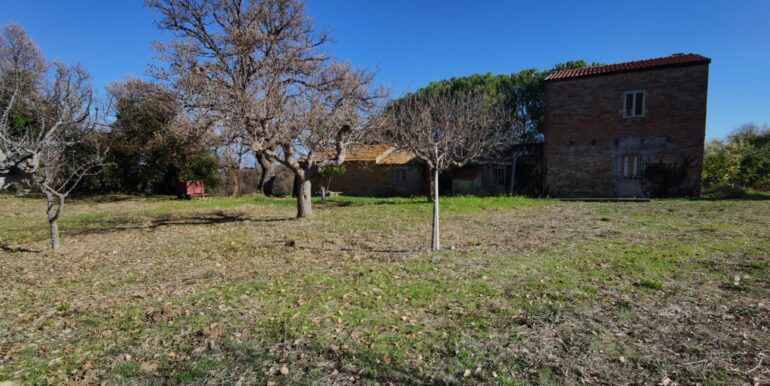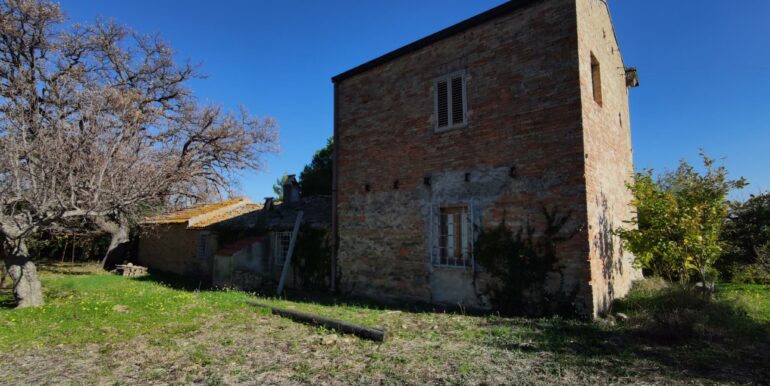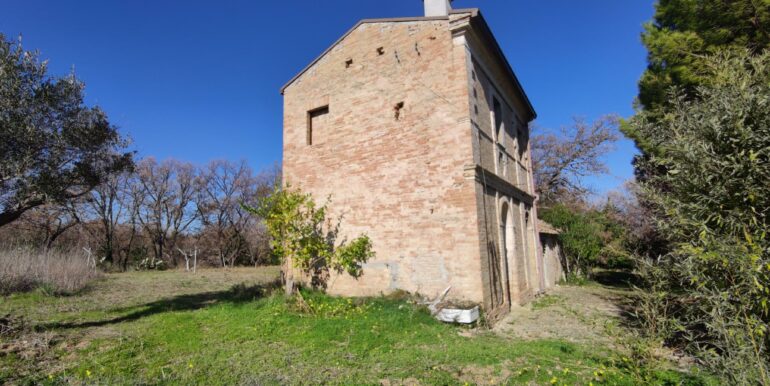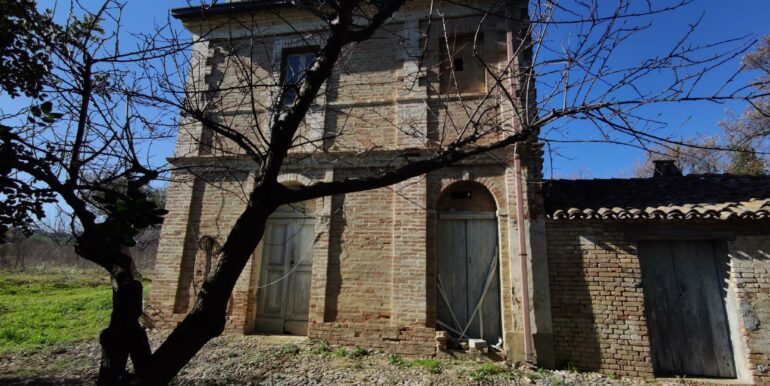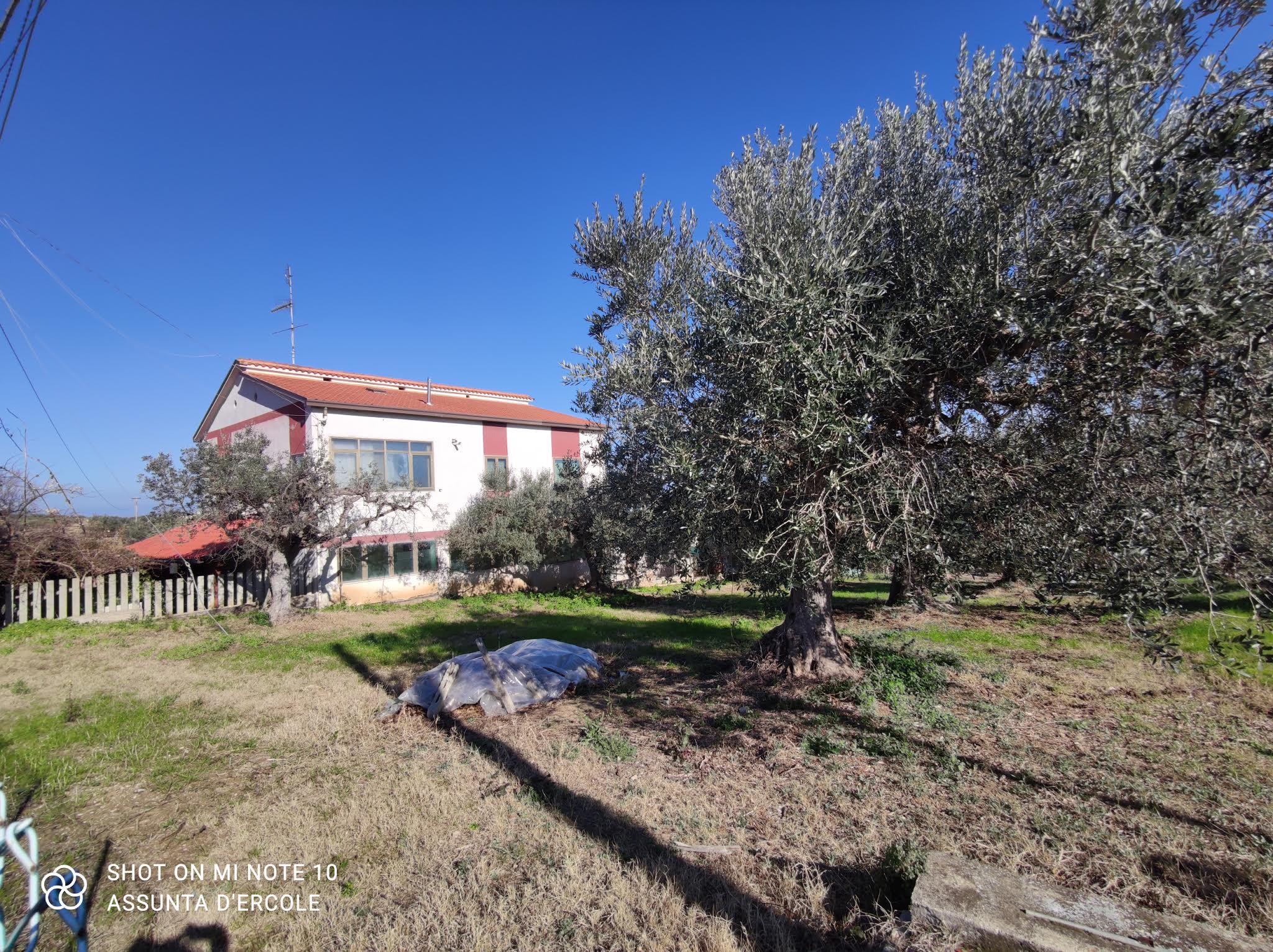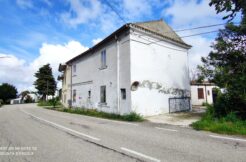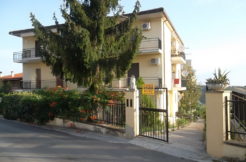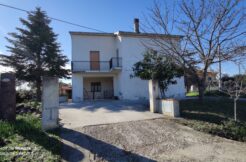Property ID : 1448
Sale €400.000,00 - Farm, Fireplace, Casa Antica, House and land, Cottage, Rustic
Agricultural company with house overlooking the sea, old farmhouse from the 1920s, outbuildings, Stores. Property with great potential.
La proprietà in vendita è costituita da più corpi di fabbrica. L’abitazione principale su due livelli oltre al sottotetto, è costituito da un grandissimo e luminoso locale al piano terra e da una sala e cucina; the first floor has 4 bedrooms, bagno e veranda; il piano secondo è un sottotetto con altezza massima 2 meters and 35 cm e minima di 50 centimeters. Contigua e comunicante all’abitazione principale trovi bagno, due camere e cantina con bagno. Piccola unità costituita da cucina al piano terra e camera e bagno al piano primo, nel giardino un forno a legna; 2 local remittance. Nel campo è rimasto intatto un casolare del 1920 costruito a mattone.
Nella grande distesa di terreno di circa 9 ha, trovi una porzione di circa 9000 mq con vigneto (Montepulciano), about 6500 mq con vigneto di 25 year old, over 15000 mq con alberi di ulivi, 2 ettari con bosco e d alberi da frutta.
La posizione è meravigliosa, si può godere di uno scenario fantastico con vista aperta sul paesaggio circostante, sulle colline lussureggianti che si estende a perdita d’occhio e sullo sfondo il mare. L’ubicazione è favorevole anche per una eventuale destinazione a finalità turistica, reserved area and at the same time close to the town and the state road 16, al mare Adriatico.
L’ambiente naturale di particolare bellezza dove è ubicata la proprietà offre scenari surreali, passi dalla casa semi-moderna ad un altro contesto fiabesco del casolare anni ’20 vicino al bosco, alle coltivazioni diversificate… Puoi dare spazio all’immaginazione per finalizzare la proprietà a qualsiasi destinazione.
Utilities: water, energia elettrica, gas GPL con possibilità di convertire a metano, Connection to municipal sewer.
Surfaces: principal residence 250 m; unità attaccata 48 m; shed 38 m; casa antica 120 m; shed 33 m; 2 magazzini di mq 41 and 13; ground about 9 ha
Price: 400000 trattabili incluso mobili
Class energetica: G
Distances: Pescara airport 1 ora, Rome airport 3 ore, negozi e servizi a 5 minuti, mare Casalbordino lido 10 minuti, skiing in Pizzoferrato 70 km
Comune: Want Alfonsina
The ancient village. The origin of the village is unknown. The houses are arranged in a comb on both sides of the ridge on which there is the main road axis (Corso Adriatico) that the height of the church of St. Mary of the Snow median axis is cut in two: Via del Pozzo and Via Del Forno. The houses located on the main axis are single-family houses often connected to each other by under-arcades, courtyards, atriums and external stairways (locally called Brancatelli) with seventeenth-eighteenth-century epigraphs. Among other things, there are: an ashlar portal in carved stone dating back to 1849 and the palaces of some families: Cinosi, toilets, Gizzi and risio modernized in the nineteenth century in a neoclassical style.[3]
Church of Santa Maria della Neve. It is located in Piazza Roma. The first system is perhaps prior to the seventeenth century with changes to the next century, However, the first citation is 1742 in the estimates of the Avalos family, the works of art within the site are of the same period, except for a painting that seems to come from another zone. The dichromatism of the bell tower is created in fragments of brick and sandstone. The bell tower, it also consists of single-light windows. The roof of the tower is onion. The façade is divided into three registers by means of two pilasters. The portal is surmounted by a tympanum surmounted by a large window with a mixed-line frame. The upper gable is curved and broken. Besides the paintings inside are covered with the stucco paintings. The interior has a single nave.[4]
Fontana nineteenth. It is located in off the fountain at where was the church of San Rocco which no longer exists. It was built in the 19th century or in the first decades of the 20th century. It is the fountain-type kiosk. It is a polygonal. The facades consist of round arches, one for facade, surrounded by pilasters with Doric capitals. Above it is surmounted by a polygonal drum. It is made of bricks. The central body is the real source also used as a wash house.[5]
Villa Amalia. Villa built by the Adami family around the end of the sixteenth century whose last representative was the Lord Giovanbattista Adami Prince of Pacentro, noble Napolitano then fallen into disfavor because pro-Bourbon. Such construction called "casino" typical construction of square plan was home to several famous people among them a Pope. It was received as an inheritance, in the nineteenth century by four descendants of Monsignor Adami (including a priest Don Angelo Molisans from Casalbordino) who sold it in 1909, together with the title of Chivalry, and land in the middle of north-mail hill that ends on the Adriatic Sea to the Knight Don Umberto Del Re, Napolitano and noble patrician of Pollutri that the entitled to its noble consort Donna Amalia Pecorari from Crecchio. Villa Amalia, however, was the scene of a tragic fate that interested her new owner who died in a tragic accident between the car conducted by his driver and a train of "Sangritana" before the Second World War. Currently, the frieze of the "Villa Amalia" with the old name "Villa Adami" is "used" by the Madonna dei Miracoli winery in Casalbordino to identify one of the finest wines of Abruzzo.
Source: Wikipedia

